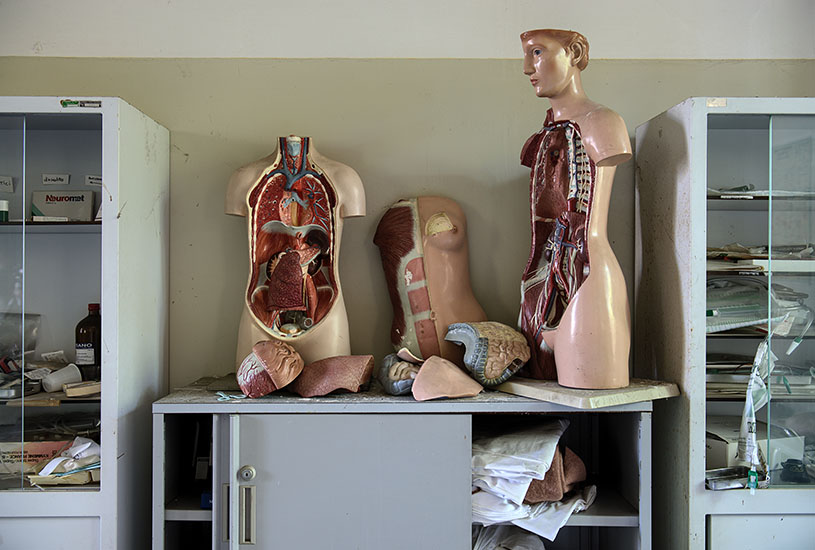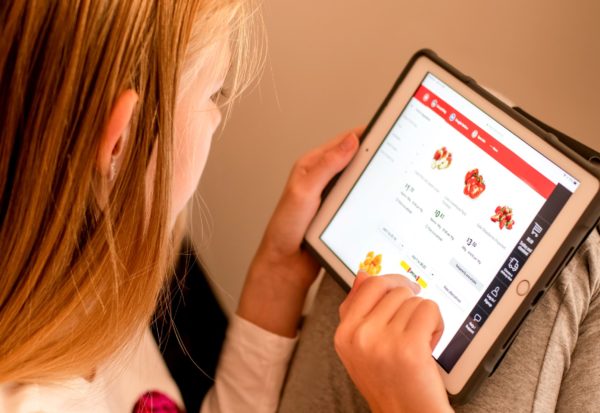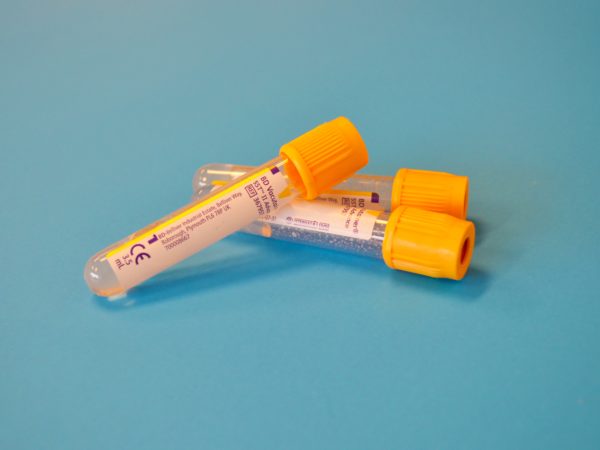Sexuality education is a significant aspect of secondary schooling. Through it, we learn to take ownership of our own bodies.
The role of school-based education
For many people, the phrase ‘sex education’ conjures memories of timid teachers labelling the different parts of reproductive organs for the umpteenth time. ‘Sexuality education’, on the other hand, covers a wider range of topics to create a more comprehensive curriculum.
“The aim of sexuality education is to help young people feel positive about themselves, their sexuality and identities,” says Associate Professor Debbie Ollis from Deakin University’s School of Education. “It encompasses the need to understand things such as sex itself, sexual safety, STIs, reproduction, and pleasure.”

Entwined with these elements is the importance of understanding the broader sense of sexuality, an individual’s own sexuality and gender identity, and how these can intersect in terms of their place in the world in which they live.
For many people, their first sexuality education comes from members of their immediate family. But not all parents feel comfortable speaking about these topics with their children, particularly as they become adolescents.
Likewise, Australia has a range of comprehensive sexuality education resources available to students, but some children don’t feel comfortable seeking out this information on their own. For these children, the bulk of their knowledge will come from programs at school.
“It’s very important that young people have access to accurate information and are taught health literacy and help-seeking behaviour skills, as well as some broader understandings of sexuality,” Associate Professor Ollis says, especially as research from the United States says providing young people with accurate information about sexuality can delay the onset of sexual activity and promote safe sex practices.
What should be on the curriculum?

According to Associate Professor Ollis, in some cases there’s a disconnect between those on the receiving end of sexuality education and those who deliver it. Sometimes, what teachers feel their students should know may not be what the students feel they need to know.
“By asking adults what should be taught, we’re not listening to young people,” says Associate Professor Ollis. “We need to acknowledge the importance of consulting with young people and finding out what they want to know, and how they want to learn.”
In some cases, teachers are not given adequate training to be able to comfortably and confidently cover sexuality concepts, particularly sensitive issues like gender diversity.
“That’s not surprising,” Associate Professor Ollis says. “You wouldn’t expect a maths teacher to teach maths without a strong background in it. It’s the same in terms of sexuality education. Pre-service education is the key to change in this area.”
As a result of this, many sexuality education programs tend to focus on concrete topics, such as puberty, menstruation, and reproductive organs. Associate Professor Ollis says many students are interested in more complicated topics, once they have a strong understanding of the basics.
“Our research showed that young people are most interested in learning about violence in relationships, gender and sexual diversity, starting and ending relationships, staying safe online, and love,” she says.

The research also found many secondary school students would like to learn about sex through a positive lens.
“Students are sick of sex being presented as something risky,” Associate Professor Ollis says.
“We never teach them that sexual activity can be a really lovely thing, or the importance of self-love and self-pleasure.”
As important as these topics are, we also need to acknowledge that some students may not feel ready to learn about them.
“We need to be careful and not assume that all kids have sexual feelings,” Associate Professor Ollis says.
“It’s about providing a broad, comprehensive approach so that it can resonate with all young people. If they feel alienated, they won’t be interested in the content, and can then end up with misinformation.”
Grappling with concepts as young as grade prep

These areas of interest can sometimes be pushed aside in favour of other topics, as sexuality education is only one facet of the health curriculum, and there is limited space available to dedicate to it.
To counteract this, Associate Professor Ollis suggests sexuality education begin in year levels as young as Grade Prep. Some Victorian primary schools already offer comprehensive preparation for puberty programs for older grades.
“[In the really young age groups], you don’t teach them what sexual acts are,” she says. “Instead, you look at relationships and consent.”
She says that consent is easily explained to a younger audience through the analogy of sharing and giving permission.
Even concepts like intimacy and pleasure can be tailored to be understood by little children; the way you behave around your mum may be different to how you behave around your aunt, and having your back tickled can be such a nice feeling.

“The earlier they start, the longer young people have to build these skills,” Associate Professor Ollis adds. “When basic issues, like puberty, are covered in primary school, there is time to discuss some of the broader and ethical questions around sexuality that students want to explore in secondary school.”
Melina Bunting
Staff writer



